Photography—it’s all about passion, skill, and commitment. Ever wondered what a day in the life of a professional photographer is like? Every week, we ask a 500px photographer to document a day at work, giving you an exclusive, behind-the-scenes look at their shooting schedule and techniques in the field.
This week, we’re going on an expedition in the wild with internationally-renowned photographer Marsel van Oosten.
You might remember him from his famous monkey using an iPhone photo, which went viral and received worthy acclaim. He also leads wildlife and landscape photography tours, which you can check out on his official website.
Taking up residence in both Amsterdam and Cape Town, a safari work day for him involves capturing the day-to-day lives of the animal kingdom’s most ferocious and most gentle, especially large mammals in great landscapes. With his Nikon D4, D3s, and D800—Marsel’s action-packed photos capture the drama of nature and its inhabitants. His images are a reminder that we live in a wonderful yet fragile world.
Interested in getting into wildlife photography and see if you have what it takes? Then you’ll want to read on to see how he spends an exciting 24 hours in a photo safari in Zambia! Scroll down, and get inspired.
24 Hours with Marsel van Oosten
2:45 A.M. My day starts with an early wake-up call in Lower Zambezi National Park, Zambia. We have booked the entire bush camp for our group, so we can do whatever we want, whenever we want it. Tonight, we’re gonna search for leopards. Our guides will come and pick us up from our rooms with their Jeeps. The camp is in the middle of the wilderness, right on the banks of the Zambezi—and there are no fences. Wildlife wanders through our camp 24 hours a day, so no walking around the camp by yourself after dark. You wouldn’t want to bump into a lion, elephant, hippo, or buffalo.
3 A.M. Leopards are elusive, solitary, and largely nocturnal. This makes them notoriously difficult to track down. Most leopards are active between sunset and sunrise, which gives you only a very short time to find and photograph one in daylight. As strange as it may sound, it is actually much easier to find leopards at night. Animal eyes reflect light, and by using a spotlight, experienced trackers can determine the species by looking at the color of the reflections. It is for this reason that most leopard sightings occur during so-called night drives. It’s always exciting to see an active leopard at night. But from a photographer’s point-of-view, those sightings can be really frustrating, because the extreme low-light conditions make it very difficult to get decent pictures. That’s why I decided to turn the common safari routine around: start at night when it’s dark and use the spotlights to find a leopard. When we find one, we stick with it until it gets light again. Good photographs are hardly ever the result of good cameras, but of good thinking.
4 A.M. Man, it’s early. Whose idea was this again? We use two vehicles that go in separate directions to increase our chances of finding a leopard. Each vehicle has three photographers—one per row of seats, plus a guide. I’m sitting next to my guide, while my wife and co-tour leader Daniella is sitting next to hers in the other car. We use our radios to keep each other updated on any tracks or sightings. The first two hours are critical as the spotlight will only work until civil twilight. After that, it will be too bright and the spotlight will have no effect anymore. Every now and then, we stop the vehicle and turn off the engine. When tracking predators, you don’t only use your eyes. You also need to use your ears. When there’s a leopard on the move, many animals will give some sort of alarm call—monkeys, birds, squirrels, antelopes. Monkeys are particularly reliable when you’re looking for a leopard. They live in trees and leopards can climb trees, so that’s their main enemy. Lions don’t climb trees (there’s a few that do, but not like leopards), so monkeys usually stay quiet when they see one.
4:30 A.M. We hear impalas alarm calling. We quickly drive into the direction of the sound. Our guide gives the update to the other vehicle, and they decide to join us for the search. When we get close to the herd, we try to see the direction the impalas are looking. Most prey animals like to spend the night in open terrain, away from dense vegetation as that it where danger usually lurks. The second vehicle arrives at the location. We decide to stay with the impalas, the second Jeep is going to check out the area behind the bushes in front of us. We have switched off our engine and use our spotlight to scan the surrounding bushes. We can hear the other station driving in the distance. Five minutes later we hit the jackpot – Daniella’s vehicle has spotted a female leopard. It has realized it has been spotted by the impalas, so it is no longer trying to hide. Good for us. She briefly looks at our vehicles and then sits down.
4:45 A.M. It is still too dark to take photographs without the help of some extra light, so we decide to take some shots using the spotlight. We don’t want to blind the leopard, so we put a filter on the light to soften it. Before we start shooting, I ask our guides to reposition the vehicles. I don’t like frontal light because it makes everything look flat, so we’re going to use side lighting. When the cars are positioned at a 45 degree angle from each other, my car will shine the spotlight on the leopard while the other car will take photographs. After a few minutes we change this around – Daniella’s car provides the light, we’re shooting. Luckily the leopard is very relaxed and remains stationary – shutter speeds are around 1/15s @ ISO 6400, so motion blur is a serious concern. From my experience, a bean bag gives the best results as it offers much more stability than any of the fancy heads and brackets.
5 A.M. The female is on the move again. It’s still dark, but we decide to kill the spotlight and just follow her at a comfortable distance – we don’t want to scare her away. All we have to do now, is stick with her and wait for it to get light.
5:15 A.M. The leopard is walking up a fallen tree and lies down on the horizontal trunk. A perfect vantage point for her, and the perfect setting for us. Sunrise is still half an hour away, but the pre dawn light is stunning – soft, low contrast with a pinkish glow. We’re still in high ISO territory, but I manage to get 1/60s @ ISO 1600, which is fine for most modern day sensors. Our subject seems completely oblivious to our presence and the machine gun fire from our cameras. She looks at some impalas in the distance, but does not show any real interest.
5:45 A.M. The sun is rising, and so is our subject. She walks across the open field in the direction of the light. We drive past her and position ourselves a considerable distance away, hoping to get some shots of her walking straight at us. Sometimes this works, sometimes it doesn’t. Depending on the direction she’s walking, we also try to get some backlit shots and silhouettes. I’m still shooting from my beanbag, but every now and then I take some shots handheld as well – especially if the angle is difficult or when there’s only two nanoseconds to respond. By this time everyone’s long forgotten about the unpleasant early wake up call and happily clicking away.
6:30 A.M. A hyena arrives at the scene. Our model is not amused and runs off into the tall grass. We try to find her again, but we eventually give up. She’s been extremely cooperative and has given us great photo opportunities. All this time we’ve had this sighting to ourselves. This is one of the main reasons that we have moved our tours away from the typical safari destinations like the Masai Mara and the Serengeti – too many tourists. Over here, if you see another vehicle, chances are it will be the other half of our group. This is still unspoiled, true wilderness. It’s time to move on. Now that our mission is accomplished, we continue our game drive with a much broader perspective – anything in good light will do.
7 A.M. We stop near a narrow channel with a pod of hippos. The light is slowly getting harsher by now, but the hippos are in a shaded area that will be perfect for photography for at least another hour. We decide to very slowly get out of the vehicles and lie flat on the ground to get to eye level with the hippos. The moment we step out, all the hippos submerge. I know that they have to come up to breathe every now and then, and that they will get used to our presence, so we just have to lie still and not make a sound. Patience is often the key to success with wildlife photography, and here it’s no different. After a few minutes the first hippos start showing themselves again, and half an hour later there’s enough hippo activity to keep us busy trying to predict when and where a hippo will emerge again. Time flies.
8:30 A.M. After our hippo shoot, we slowly drive back into the direction of our camp. Surprise: our bush breakfast is set up underneath a big winter thorn tree on the river bank. The Lower Zambezi is famous for its huge number of elephants, and we soon see the very proof of that walking past us. A small breeding herd is slowly moving in the direction of the river. We decide to leave our cameras in the bags and just enjoy the view and the sound of snapping branches.
10 A.M. Camp is just around the corner. It’s only 10 AM, but we’ve already been out and about for seven hours straight. We return to our bush chalets. Time to upload our images, run a backup while taking a shower, and prepare a few images for the image review after lunch. Or a little nap.
12 P.M. We meet at the central lapa (an open structure that is popular in Southern Africa, consisting of a thatched roof supported by wooden poles) for lunch. Many elephants walk into camp to feed on the seeds that have dropped from the numerous winter thorn trees. One of them gets so close to our table, that we can only shoot details of the animal. Halfway through lunch, the herd decides to cross the river. We have to choose: dessert, or shots of elephants crossing the river. Dessert loses. We quickly get our camera bags and get into the boats. By moving upstream we can shut down the engine and let the current bring us closer to the ellies as to minimize any disturbance. We get some great shots of lines of elephants crossing the Zambezi. Some of the smaller elephants are completely submerged and show only their trunks that they use as a snorkel – a hilarious sight. There is plenty of light, so I take most of the shots handheld. The boat is constantly drifting and moving, so shooting from a fixed point doesn’t work. Some of the sub adults start to play in the middle of the river, so we decide to bank the boats on a sand bank and get out to get down to water level perspective. Elephants love water, and they give us a good show.
1:30 P.M. Image reviews. We have all selected two images from this trip so far, processed or unprocessed – it doesn’t matter. I analyze each image in front of the group and give constructive criticism, both from a technical and creative point of view. It’s not a competition, it’s purely educational. These sessions are always very inspirational – we’ve all been shooting the same subjects from more or less the same angles, yet the image diversity is often incredible. ‘Why didn’t I think of that?’ is a question that most of us ask ourselves at least once during these sessions.
2:30 P.M. With new inspiration we return to our rooms to pack and prepare for an afternoon boat safari. We’re at the end of the dry season, and it’s hot. A boat safari is nice and refreshing, but not only for homo sapiens. Most of the wildlife also moves towards the river at this time of year, so that’s where the action is. Shooting from a boat gives an entirely different perspective, not in the least because our boats are very quiet which allows us to get much closer to the animals than we can on land. We meet at the lapa, but getting there is a problem – too many elephants in camp. Our guides have to pick us up again from our rooms with the Jeep, a distance of less than 50 meters.
3 P.M. Tea and snacks. One can never have too much carrot cake.
3:30 P.M. We get into our boats and spend the next few hours photographing a herd of buffalo that has come down to the river to drink, sunbathing crocs on the river banks, countless elephants grazing on the many small islands in the Zambezi (basically from ground level), a fish eagle, a goliath heron, and we spend some time at a carmine bee eater colony.
5 P.M. We have found a relaxed pod of hippos close to shore. We bank our boats with the setting sun to our side and wait for the hippos to get used to our presence again. When they do, we have the most amazing warm light hitting the hippos, bringing out every wrinkle on their skin and creating great catchlights. This time I’m shooting from a beanbag with my 600mm lens – not the kind of lens you want to handhold. We get some great yawning shots. The reflections could have been better, but there’s always tomorrow.
6:05 P.M. Sunset. We move away from the hippos towards the middle of the river and have our sundowner drinks while floating down the Zambezi river. Life is good.
6:45 P.M. We are dropped off on the river bank, where two safari vehicles are waiting for us for a night drive back to camp. Along the way we see a porcupine, some grazing hippos, and a few spotted genets.
7:30 P.M. Back at camp. We gather around the campfire for a pre-dinner drink. Or two. And then we eat. Nothing beats a three-course dinner out in the bush. Everyone should experience the joy of eating a creme brûlée with a soundtrack made by hippos and hyenas at least once.
8:30 P.M. Everyone is tired. It’s hard to imagine that our leopard adventure was just this morning—it feels like yesterday. We are all escorted back to our bush chalets, and most of us go straight to bed. Tomorrow is another early day.
Did you enjoy Marsel van Oosten on 500px‘s exciting, action-packed day? We hope his passion and zest for wildlife, nature, and adventure gave you some insight into what it takes to be a nature and wildlife photographer.
For more inspiration, scroll down for a collection of his awe-inspiring body of work, from wildlife to landscapes:
Follow Marsel van Oosten on 500px to see more of his images. Want to get to know him better and get more wildlife photo tips? Read our exclusive Q&A interview with him.
To connect with him, visit his website and Facebook page.
He also leads wildlife and landscape photography tours; click here to get more information.
Got any questions for Marsel about how he shoots, his process, or his images? Leave a comment for him below!
Check back next week for a new installment of A Day In The Life featuring another inspiring 500px photographer.


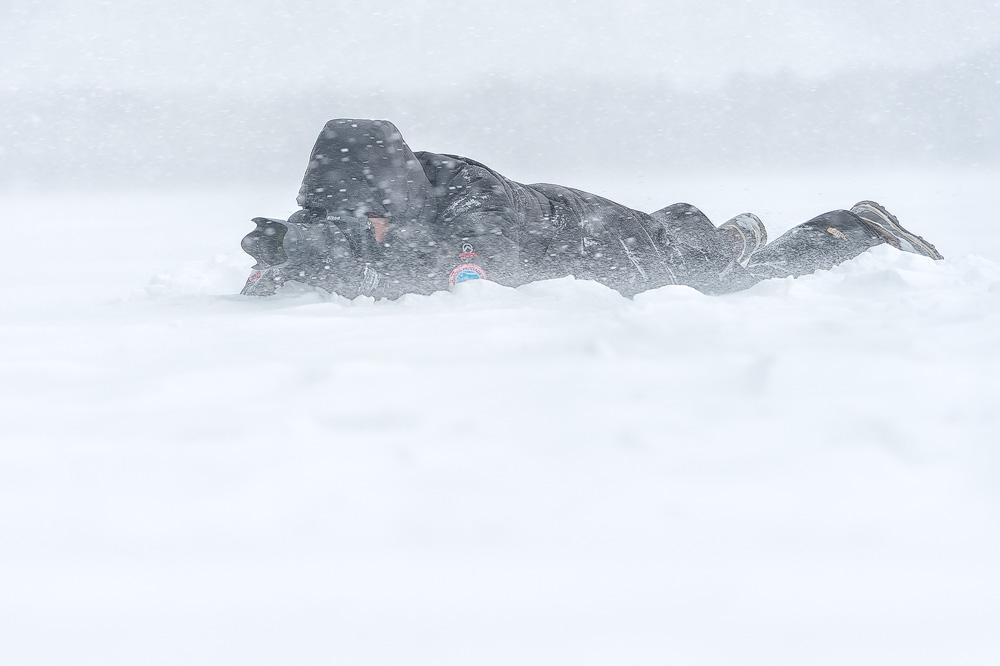






















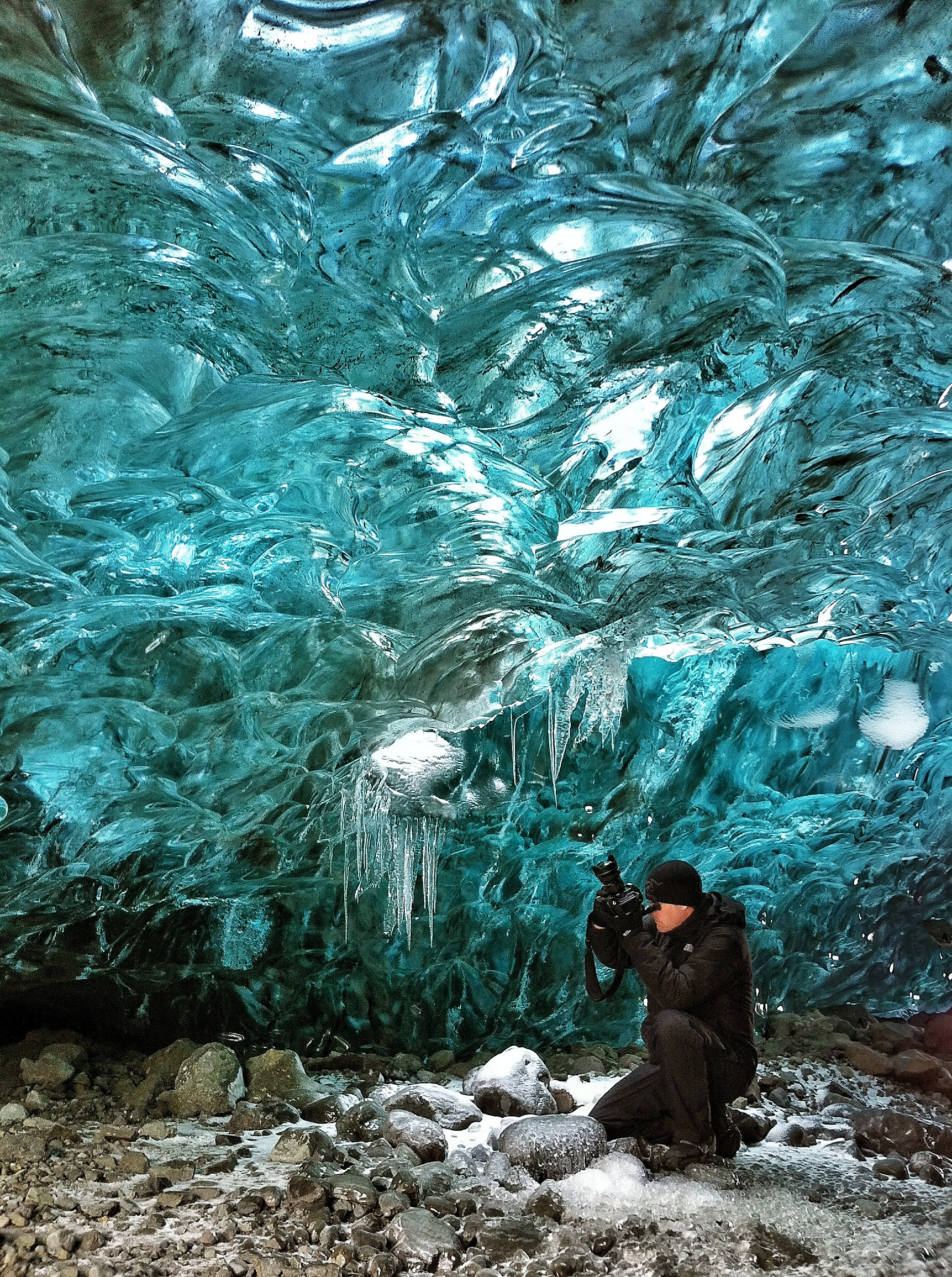
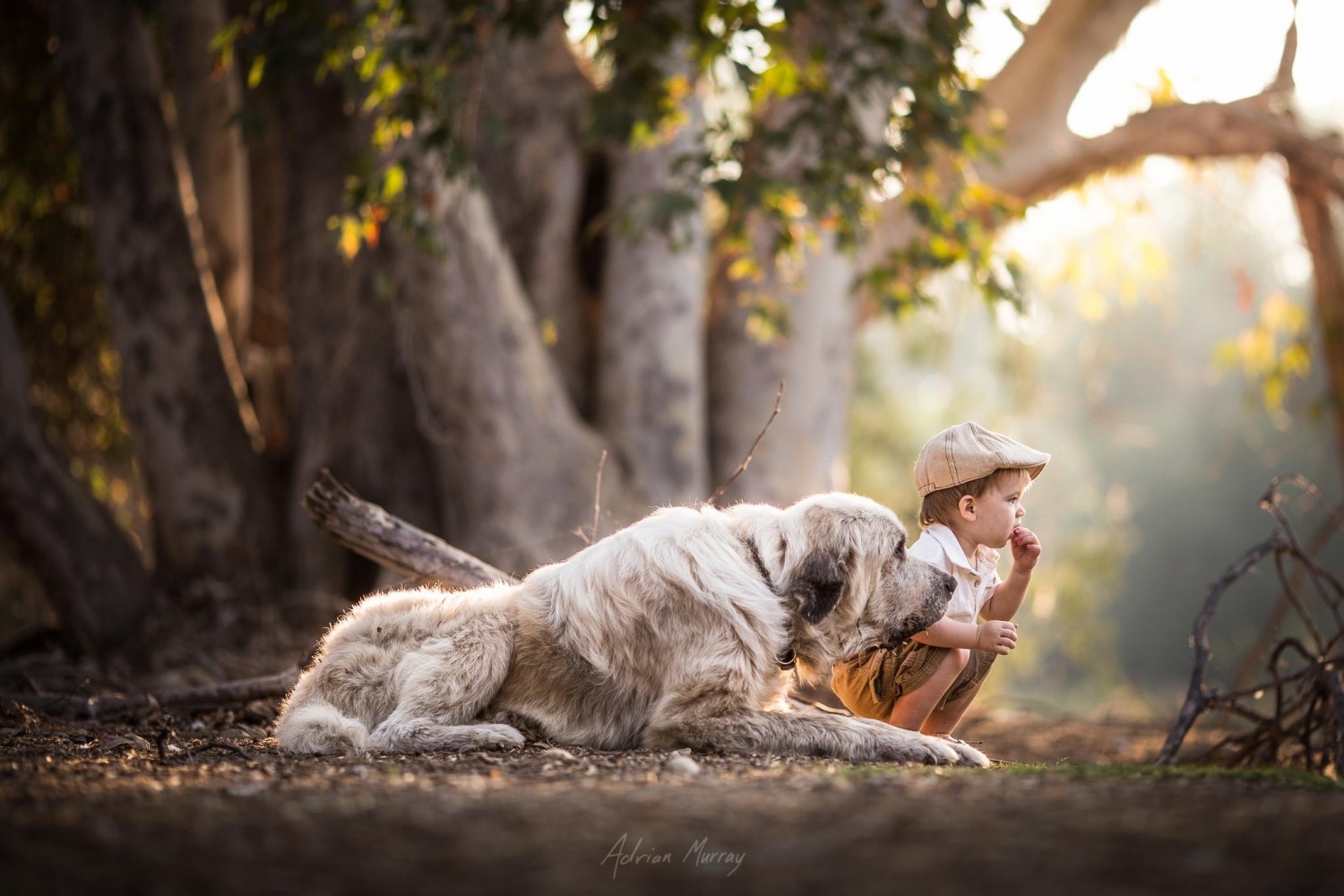
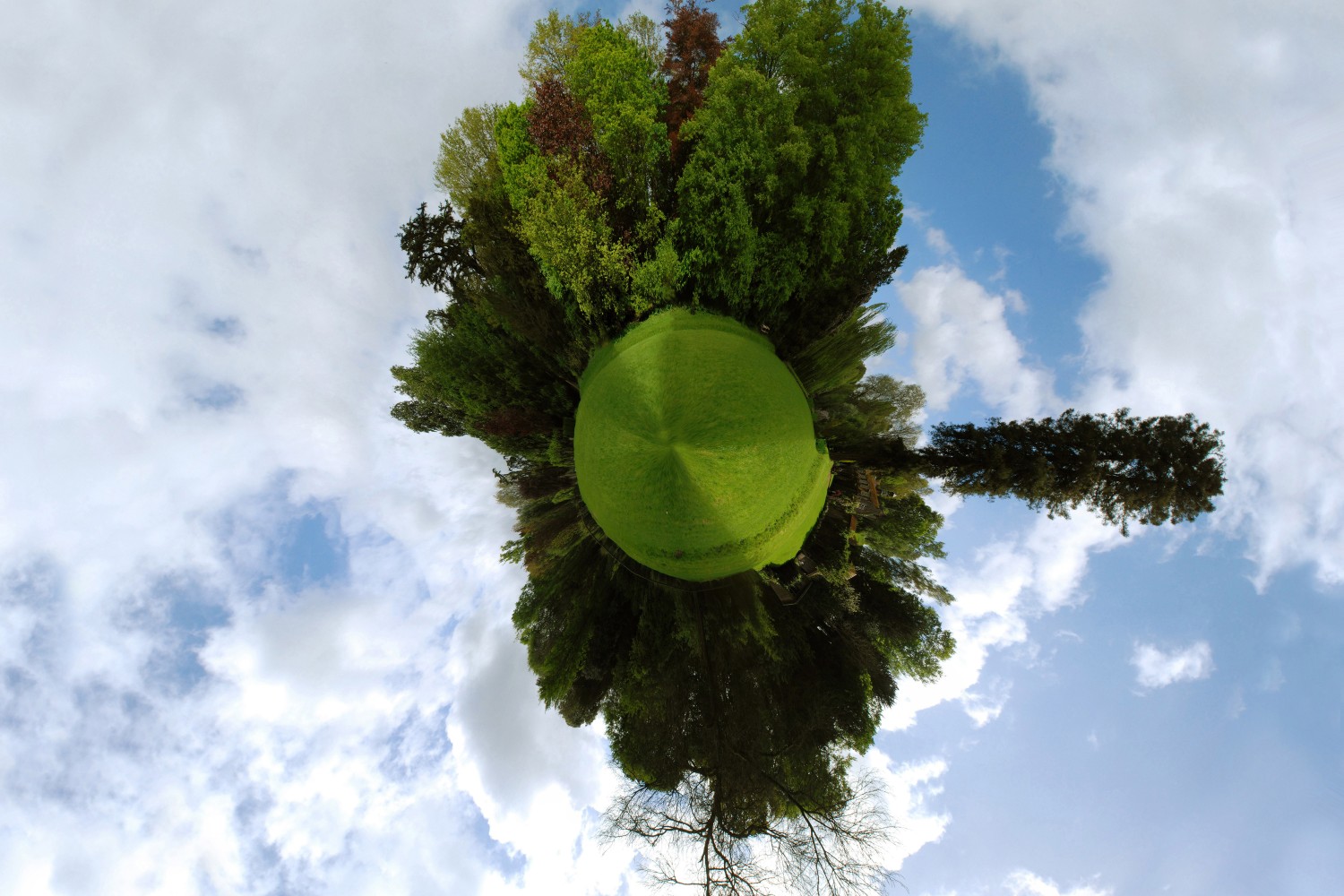

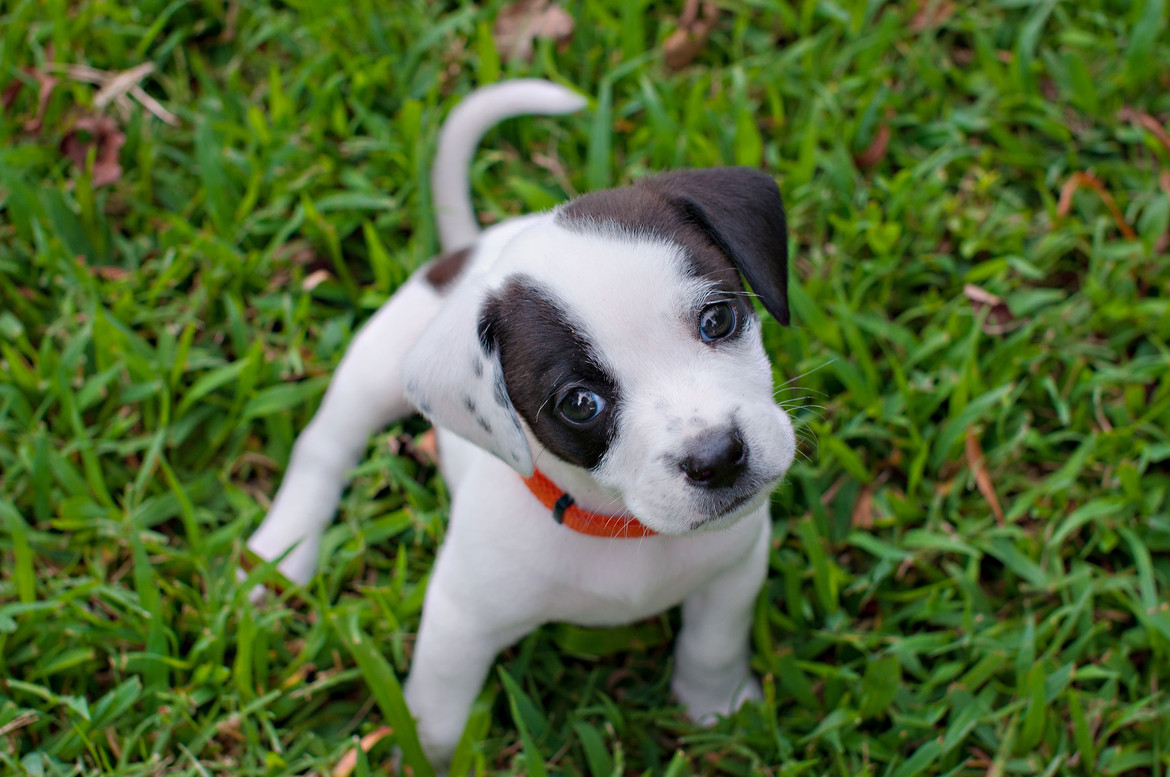

Leave a reply